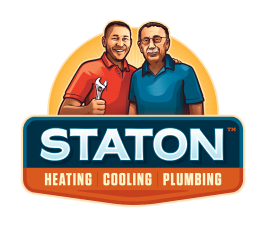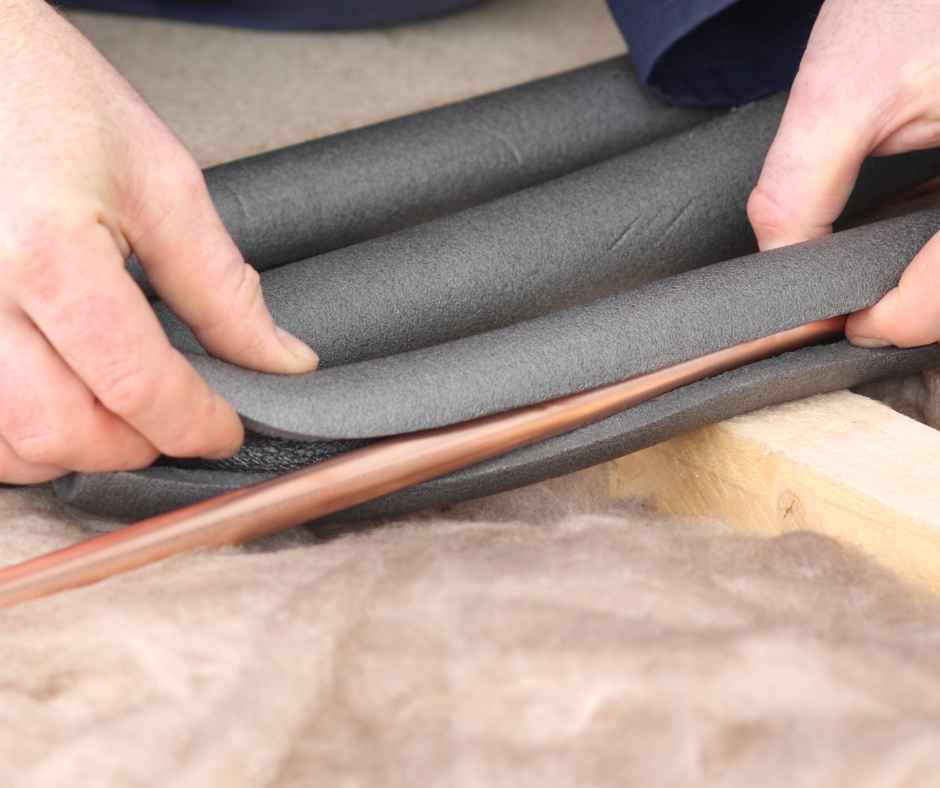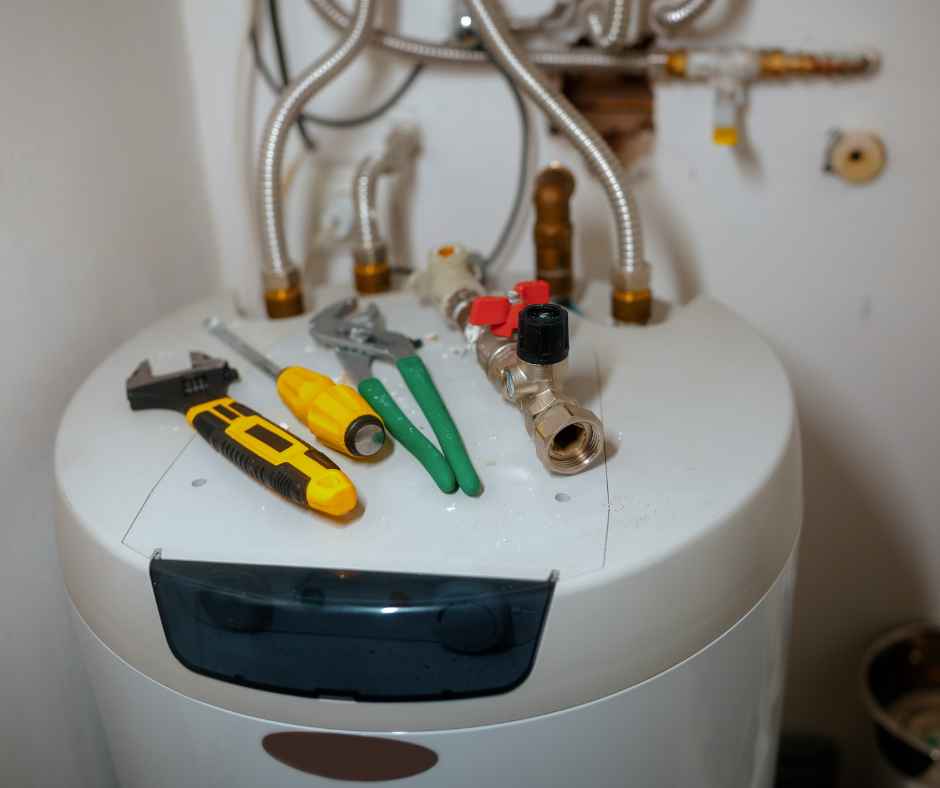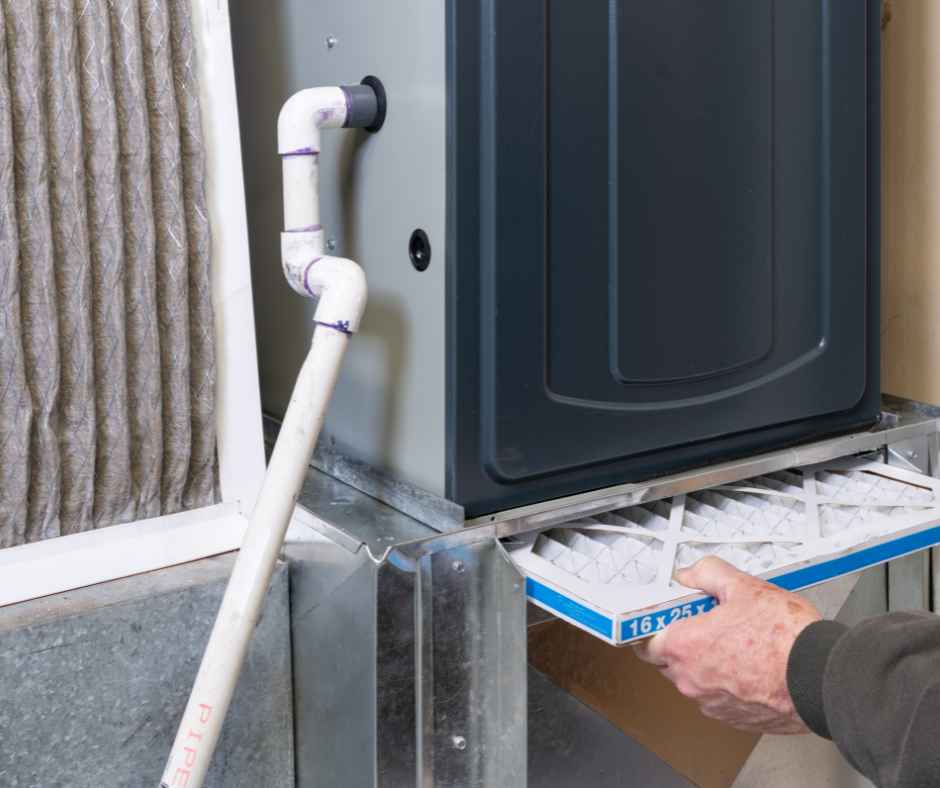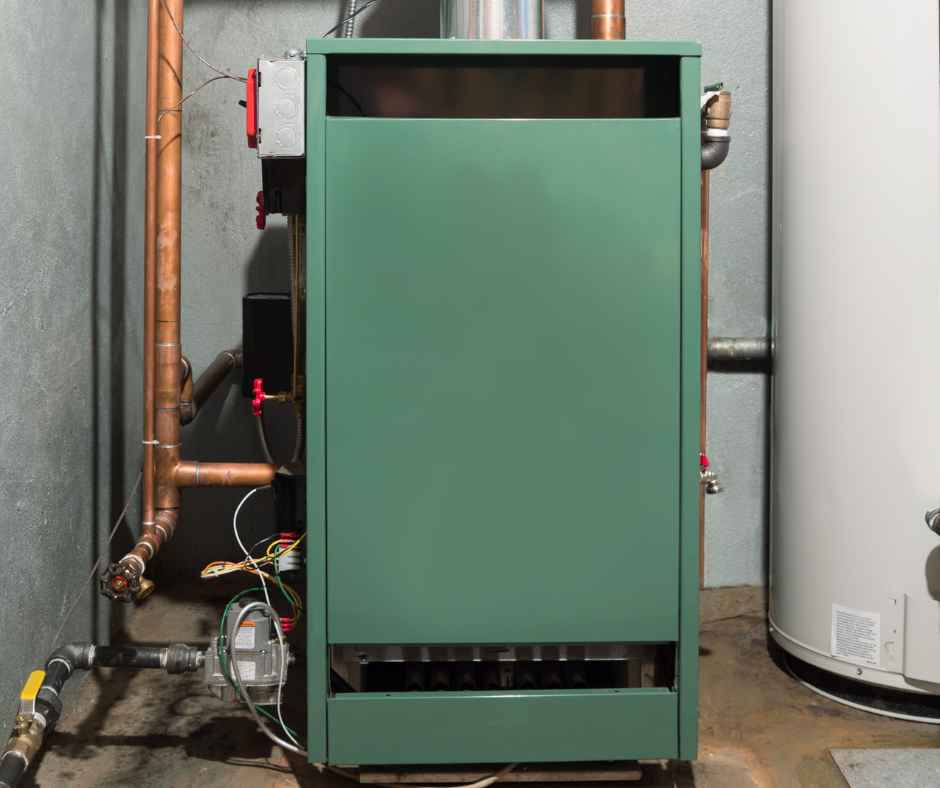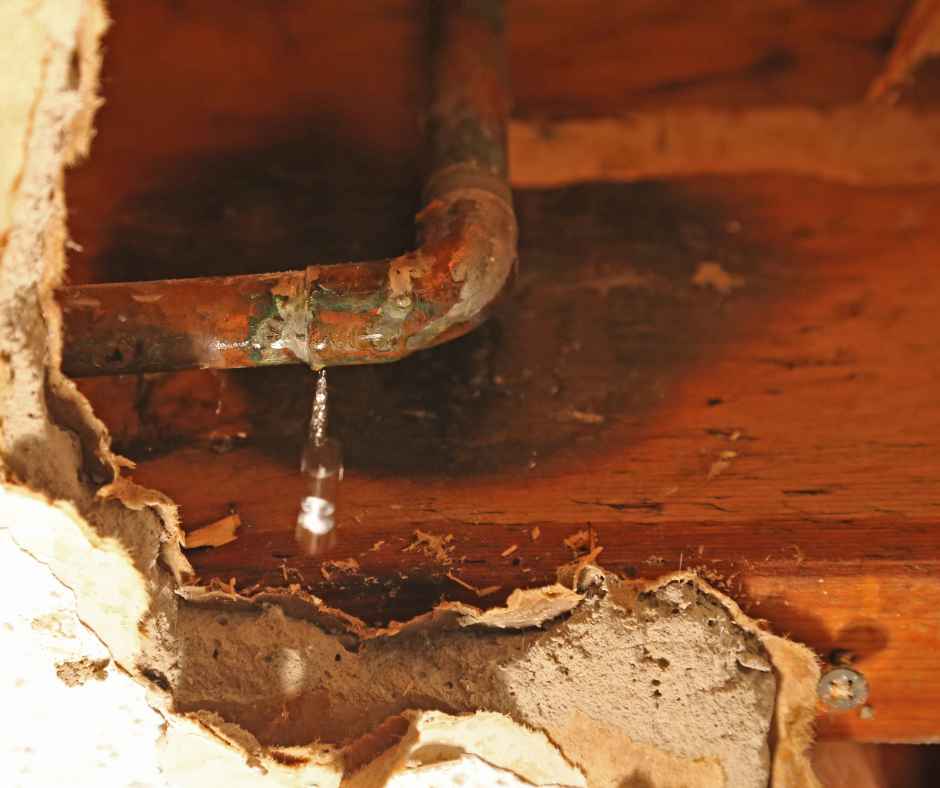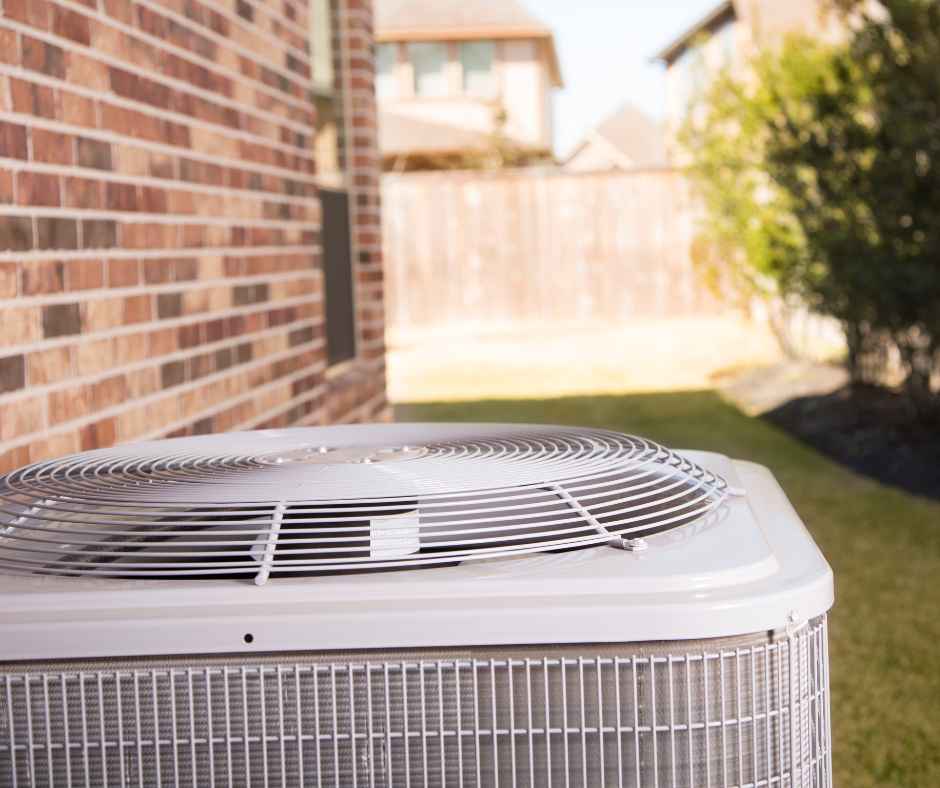Serving central Maryland & eastern shore

Why is My Furnace Blowing Cold Air?
As the days grow shorter and the temperature drops, your furnace becomes an essential ally in keeping your home warm and comfortable. But what happens when, instead of cozy, comforting warmth, your furnace starts blowing cold air? It’s a scenario that can leave you shivering in your own home and desperately searching for answers.
Staton will explore the common culprits responsible for this unexpected chill and provide insights to help you diagnose and, in some cases, resolve the issue. So, if you’ve ever wondered why your trusty furnace seems to have turned against you, our team is here to help.
What Causes a Furnace to Blow Cold Air?
A furnace blowing cold air can be a frustrating and discomforting experience, especially when you’re relying on it to keep your home warm. Several factors can contribute to this issue, and understanding the root causes is essential for effective troubleshooting. Here are some common reasons why a furnace may be blowing cold air:
Thermostat Settings
Sometimes, the simplest explanation is the correct one. Check your thermostat settings to ensure that it is set to “heat” mode rather than “cool” or “fan only.” An accidental adjustment could result in your furnace blowing cold air.
Delayed Ignition
In gas furnaces, a delay in the ignition process can lead to cold air being blown through the vents. This delay may be caused by a faulty ignition system or clogged burners.
Clogged Air Filters
Dirty or clogged air filters restrict airflow, reducing the efficiency of your furnace. When airflow is restricted, the furnace may overheat and shut down its burners to prevent damage, resulting in cold air blowing from the vents. Regularly changing or cleaning the air filters is essential for proper furnace operation.
Pilot Light or Ignition Problems
If your furnace has a pilot light, it may need to be relit if it goes out. For modern furnaces with electronic ignition systems, issues with sensors, thermocouples, or the ignition control module can prevent the burners from firing up and heating the air.
Lack of Fuel Supply
Gas furnaces require a steady supply of natural gas or propane. If there’s a problem with the gas supply, such as a closed gas valve, gas line issues, or low fuel levels, your furnace may blow cold air.
Malfunctioning Blower Motor
The blower motor is responsible for circulating warm air throughout your home. If it’s not functioning correctly, even if the furnace is producing heat, the air may not be properly distributed, resulting in cold air blowing from the vents.
Ductwork Issues
Leaky or poorly insulated ductwork can allow cold air to mix with the warm air, reducing the overall temperature of the air coming from the vents.
System Overheating
In some cases, a furnace can overheat due to a malfunction, causing safety mechanisms to shut off the burners and allow the system to cool down. This can lead to the circulation of cooler air before the furnace restarts.
How to Fix a Furnace that is Blowing Cold Air
Fixing a furnace that is blowing cold air can range from simple adjustments you can make yourself to more complex issues that may require professional HVAC repair. Here’s a step-by-step guide to help you troubleshoot and potentially resolve the issue:
Check the Thermostat
Ensure the thermostat is set to the “heat” mode and the desired temperature is higher than the current room temperature. If your thermostat has batteries, replace them if needed.
Inspect the Air Filters
Dirty or clogged air filters can obstruct airflow and cause the furnace to blow cold air. Replace or clean the filters as per the manufacturer’s recommendations. This is one of the most common causes of furnace problems.
Restart the Furnace
Turn off the furnace using the power switch, wait a few minutes, and then turn it back on. This can sometimes reset the system and resolve minor issues.
Check the Pilot Light or Ignition System
If you have a gas furnace with a pilot light, ensure it is lit. Follow your furnace’s user manual for instructions on relighting it. For electronic ignition systems, check for any error codes or issues with the sensors, thermocouples, or the ignition control module. If there are problems, consider calling a technician.
Call a Professional
If you’ve checked all the above aspects and the issue persists, or if you’re uncomfortable with any of the checks, it’s best to contact a licensed HVAC technician. They can diagnose the problem accurately and safely.
Furnace Repair Services in Central Maryland
When it comes to ensuring your home stays comfortably warm during the colder months, you can rely on Staton for top-notch furnace repair services in Central Maryland. Our experienced team of HVAC professionals is dedicated to keeping your furnace running efficiently and your family cozy. Contact us today for any furnace services you might need.

